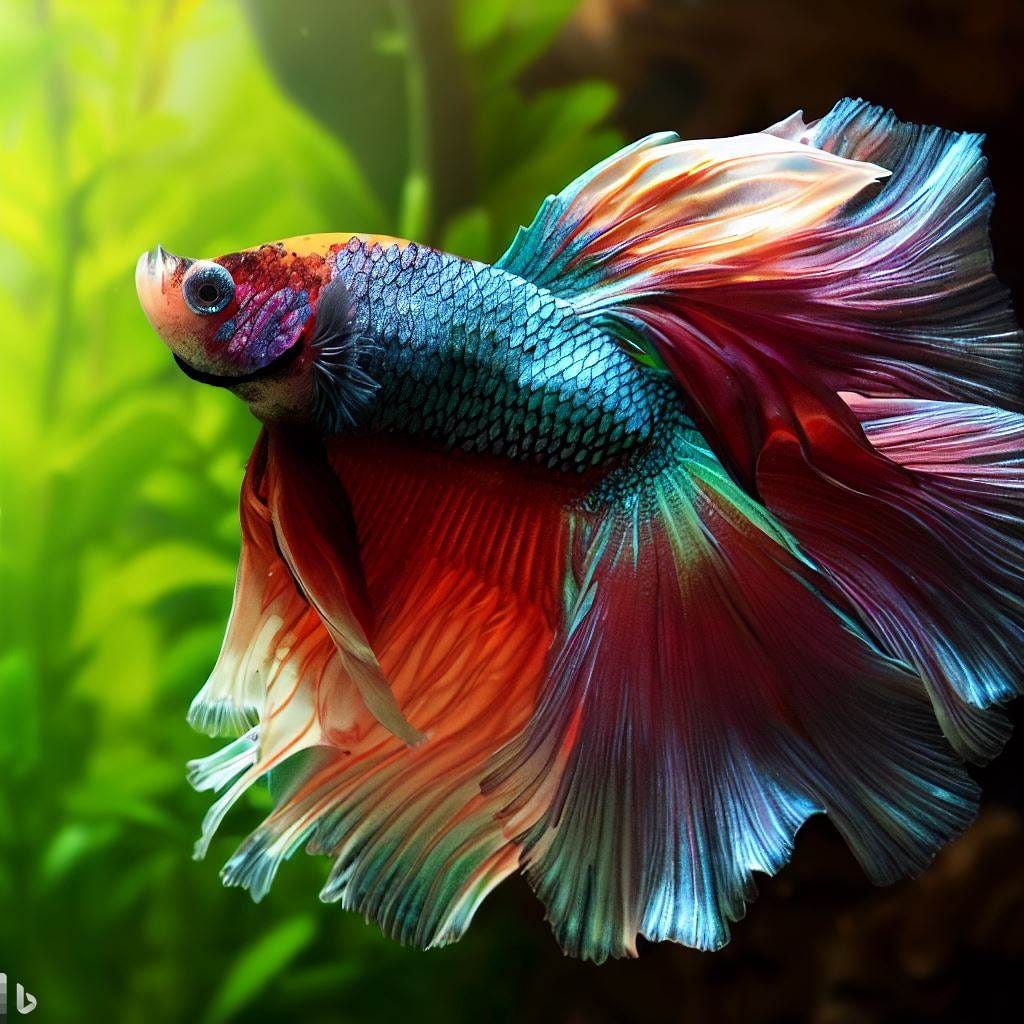Betta Fish Diet Regimen: What to Feed Your Betta for Optimum Health And Wellness
Betta Fish Diet Regimen: What to Feed Your Betta for Optimum Health And Wellness
Blog Article
Just How to Reproduce Betta Fish Successfully: Specialist Methods and Insights for Hobbyists Looking to Broaden Their Betta Collection
Reproducing Betta fish calls for a nuanced understanding of genetics and environmental problems, making it necessary for hobbyists to approach the process with both diligence and treatment. Creating an ideal breeding atmosphere, choosing the ideal pairs, and observing the complexities of their courtship habits are foundational steps that can considerably influence the result.
Understanding Betta Fish Genetics
Understanding the genes of Betta fish is important for effective reproduction, as it affects qualities such as color, fin form, and behavior. Betta fish exhibit a varied range of colors and patterns, mostly established by their genetic make-up.
Along with pigmentation, fin morphology is another significant facet of Betta genes (betta fish). The sizes and shape of fins are influenced by different genes, consisting of those that establish whether the fins are brief, long, or veil-shaped. Recognizing these genetic variants helps dog breeders predict the phenotypic results of their spawn
Furthermore, behavioral traits such as aggressiveness and territoriality can likewise be affected by genes. These actions play a crucial function in the reproducing procedure, as they can affect spawning success and the total personality of the resulting fry. By comprehensively understanding these hereditary concepts, breeders can make informed choices, inevitably enhancing their breeding programs and accomplishing desirable outcomes.
Preparing the Breeding Setting
Producing an ideal reproduction atmosphere is essential for the effective reproduction of Betta fish. The very first action in preparing this atmosphere is to pick a suitable breeding tank, preferably ranging from 5 to 10 gallons.
Next, take into consideration making use of a sponge filter or an air rock to offer gentle water flow without developing strong currents that can emphasize the fish. It is important to set up plants or breeding cones to provide hiding places and advertise convenience for the woman throughout the spawning process. Drifting plants, such as Java moss or water sprite, can likewise create a much more native environment while helping with bubble nest building by the man.
Before presenting the reproducing pairs, make certain the water is conditioned and without harmful chemicals, such as chlorine or heavy steels. betta fish. Routine water modifications should be performed to maintain optimum water high quality, improving the chances of effective reproduction. With these prep work in position, the reproducing environment will support the health and well-being of both Betta fish
Selecting Reproduction Pairs
Choosing the ideal reproduction sets is critical for accomplishing successful Betta fish recreation. Healthy Betta fish exhibit vibrant shades, clear eyes, and active actions.
Character is another important factor to consider, as Betta fish are understood for their hostile nature. It is recommended to choose a man and lady that exhibit compatible personalities to decrease tension throughout the reproducing procedure. A tranquil male can motivate a smoother courtship, while a lady that is as well aggressive might interfere with the process.
Genetic history likewise plays a substantial role in the top quality of the offspring. Breeding fish that are genetically varied can minimize the threat of genetic health problems and improve the general vigor of the fry. It is beneficial to investigate the family tree of both the male and lady, concentrating on preferable characteristics such as fin kind, shade patterns, and dimension.
The Breeding Refine
The reproduction procedure of Betta fish needs careful planning and interest to detail to make certain an effective result. It is important to prepare a suitable breeding container, preferably a 5-10 gallon aquarium with a temperature preserved at 78-80 ° F. The storage tank needs to be outfitted with a heater, filter (preferably sponge kind to stay clear of solid currents), and a lot of aquatic plants for the lady to hide.
Once the environment is established, from this source present the selected breeding pair to the tank, permitting them to accommodate. Observe their habits; the man will certainly present fancy courtship routines, consisting of flaring his fins and building a bubble nest. If the woman reveals interest, she will show upright stripes showing preparedness for spawning.
When the female is responsive, the set will take part in a mating embrace, throughout which the male fertilizes the eggs. It is important to monitor their interactions carefully, as the man may end up being hostile. After spawning, remove the lady to avoid possible injury. The male will tend to the eggs, which typically hatch out within 24-36 hours. Preserving ideal water conditions throughout this duration is necessary for the growth of healthy Betta fry.
Taking Care Of Betta Fry

Feeding Betta fry is important, as they require a diet high in protein. At first, they can be fed infusoria or fluid fry food, transitioning site here to finely crushed top quality pellets as they expand. Feed little parts multiple times a day to encourage healthy development without straining the storage tank with uneaten food.

As they grow, monitor their development carefully and divide any kind of hostile people to avoid injury. By supplying a supporting atmosphere and proper nourishment, enthusiasts can successfully elevate Betta fry right into dynamic, healthy fish, ultimately improving their breeding undertakings.
Final Thought
Effective Betta fish reproduction needs meticulous interest to genetic selection, ecological conditions, and care for the fry. By recognizing the genetics of Betta fish and preparing a suitable breeding setting, hobbyists can enhance the opportunities of generating dynamic, healthy and balanced spawn.
Report this page